Colorado is home to a diverse range of wildlife, from iconic mammals to lesser-known, quirky creatures. The state's varied landscapes, including mountains, forests, and plains, offer the perfect habitat for a variety of animals.
Some of these animals, like the mountain lion and mule deer, are well-known to locals and visitors. However, many other animals in Colorado are hidden gems, often overlooked despite their unique features and behaviors. Whether you're hiking in the Rockies or exploring Colorado's more remote areas, these animals are part of the rich tapestry of wildlife that calls the state home.
20 Animals in Colorado
Pine Marten
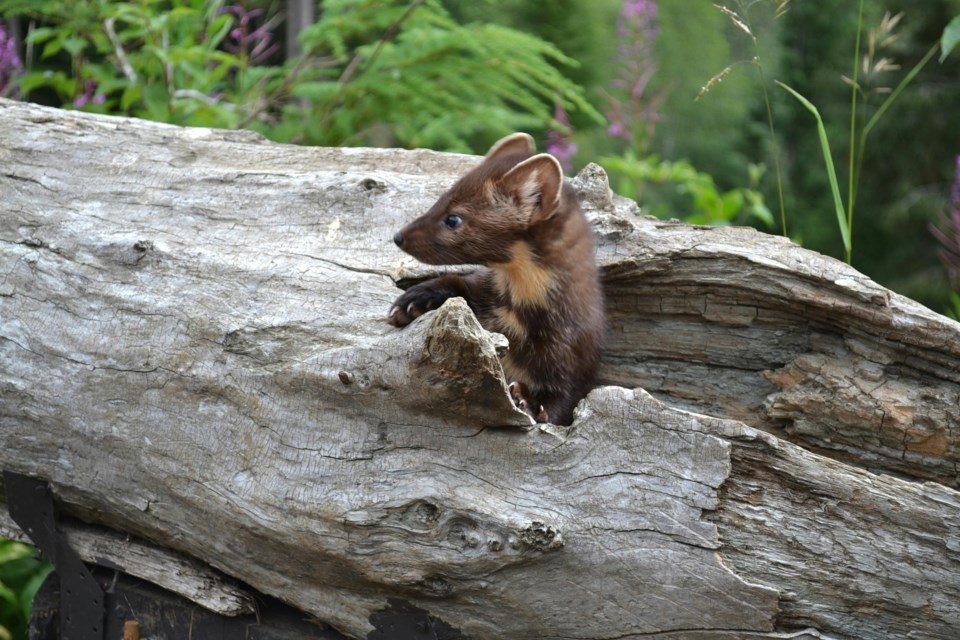
The pine marten is a rare and elusive carnivore that lives in the mature forests of spruce-fir and lodgepole pine trees. This small mammal, resembling a weasel, is known for its sleek body and bushy tail. Pine martens are excellent climbers and spend much of their time in trees. Though sightings in Colorado are rare, these animals are crucial to the ecosystem as they help control populations of small mammals and birds, preventing overpopulation of certain species.
Porcupine
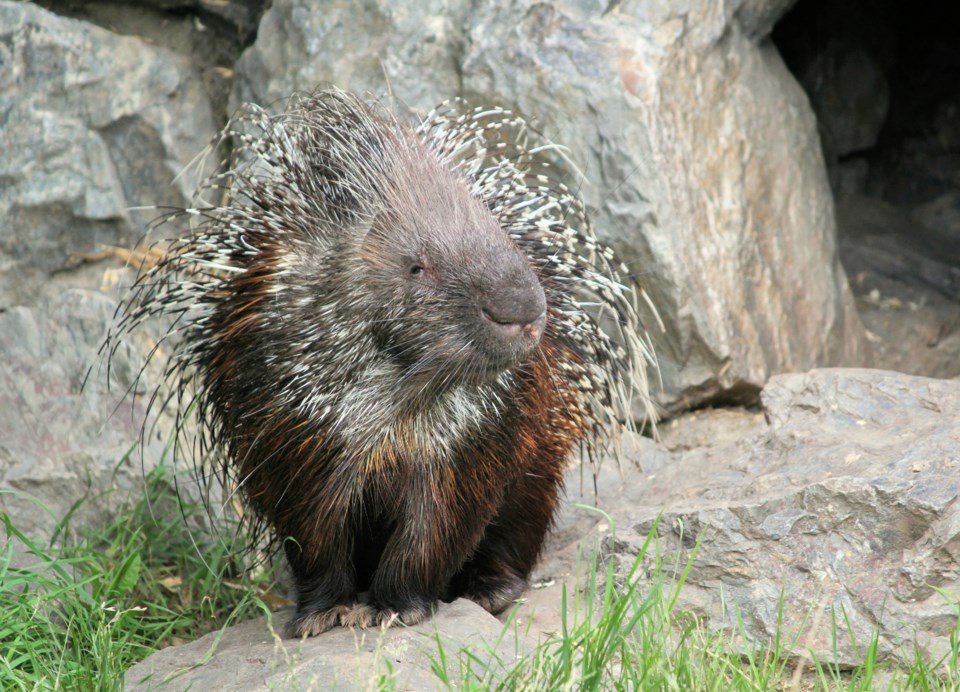
Porcupines are large, slow-moving rodents covered in around 30,000 quills that act as a defense against predators. These creatures are mostly herbivores, feeding on the bark of trees, leaves, and woody plants. They are typically solitary and prefer to spend their time in trees or burrowing under logs. Porcupines are most often found in forests or woodlands and can be identified by their unique quills, which can grow up to four inches long.
Pronghorn
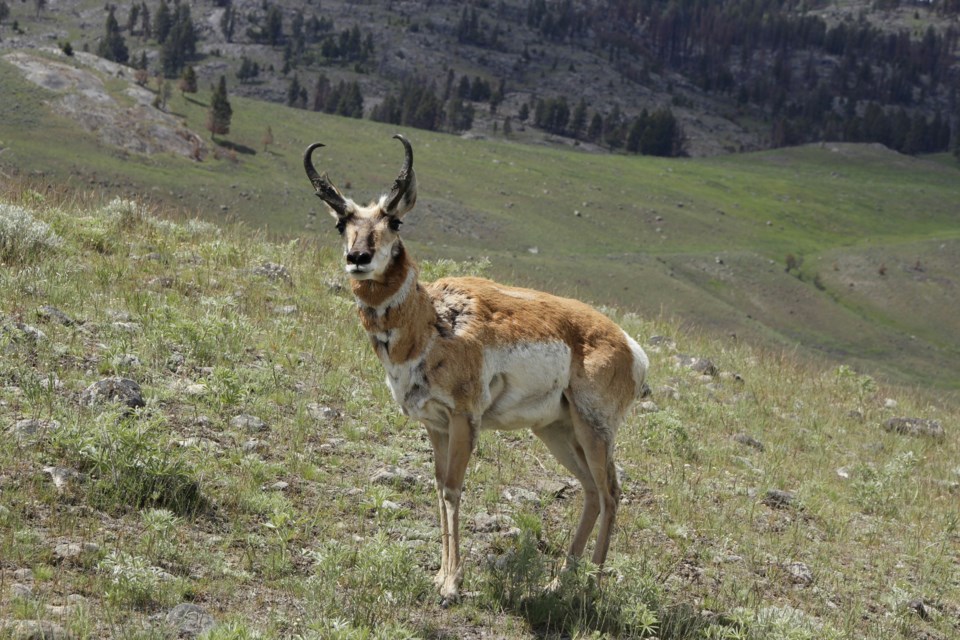
Pronghorns are often called antelope, but they belong to a unique family called Antilocapridae, making them a separate species. These fast-running creatures are native to North America and are the fastest land mammals in the Western Hemisphere, capable of running at speeds up to 55 miles per hour. They are commonly found in Colorado’s open grasslands and prairies, and though they were once hunted to near extinction, conservation efforts have helped their population recover.
Bats
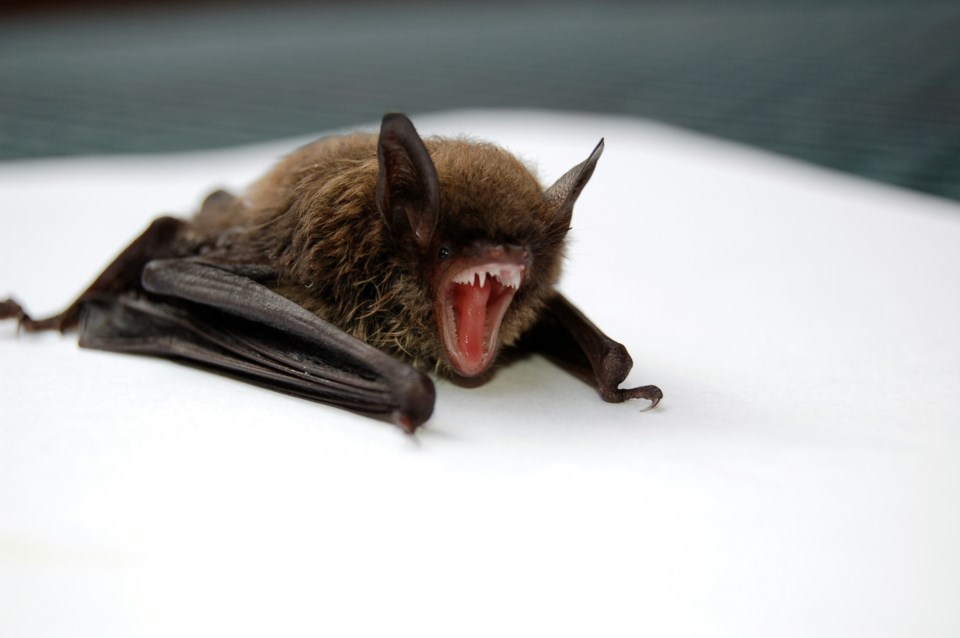
Colorado is home to 18 different bat species, which are vital to the state’s ecosystem. These nocturnal creatures play an important role in controlling insect populations, particularly mosquitoes and moths. Bats also help with the pollination of flowers and the fertilization of plants. Some bat species live in Colorado year-round, while others migrate during the colder months. Bat colonies can be found in caves, old mines, trees, and even urban structures.
Sage-Grouse
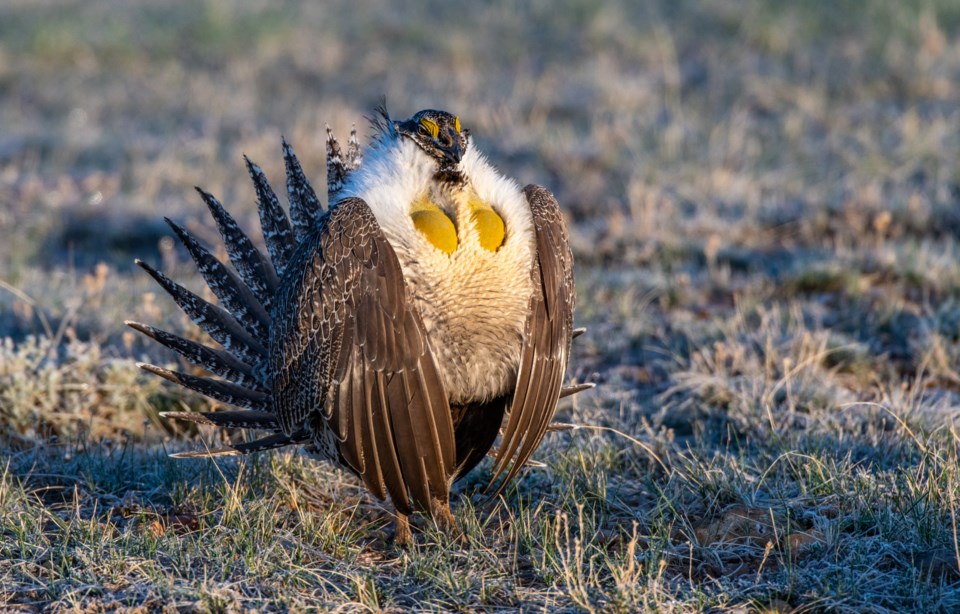
The sage-grouse is a unique bird found in Colorado’s sagebrush ecosystems. Males are known for their dramatic spring courtship rituals, where they puff up their chests, creating a distinctive booming sound as part of a display to attract mates. These birds depend on healthy sagebrush habitats, which are under threat from development and wildfires. Conservation efforts are ongoing to protect sagebrush ecosystems and the sage-grouse populations.
Skink
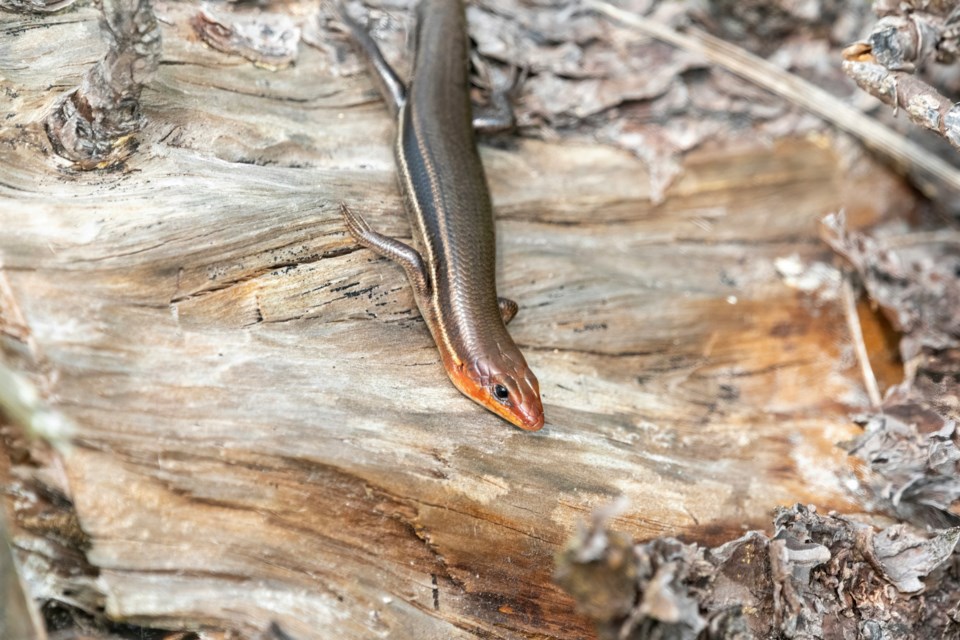
Skinks are a type of lizard known for their long, slender bodies and smooth scales. In Colorado, you can find several species of skinks, including the variable skink and the Great Plains skink. These lizards are often found in rocky and arid habitats, where they hunt for insects and small invertebrates. Some skink species are noted for their brightly colored markings, which help them blend in with their surroundings and avoid predators.
Ringtail
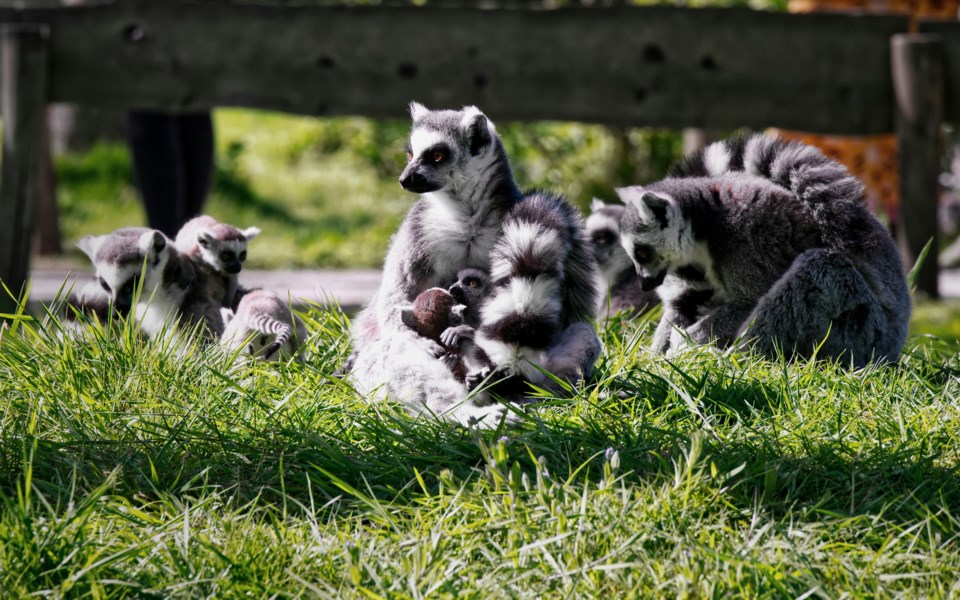
Ringtails are small, nocturnal mammals native to Colorado. Despite their cat-like appearance, they are actually closely related to raccoons. Known for their long, bushy tails with alternating black and white rings, these secretive animals are excellent climbers and often live in forests, deserts, and canyons. They are primarily carnivores, preying on small mammals, birds, and insects, and are seldom seen by humans due to their elusive nature.
Lark Bunting
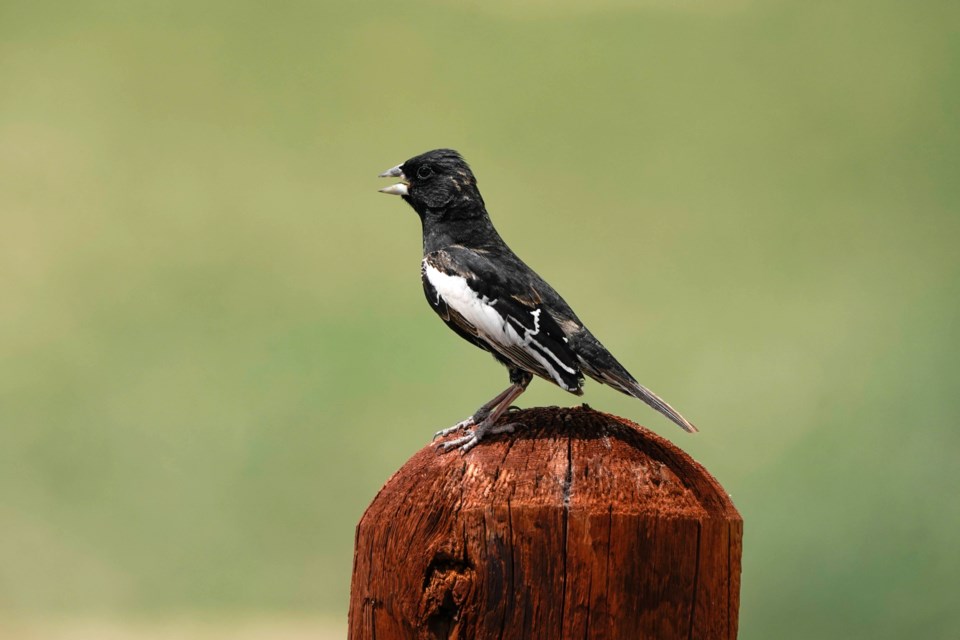
As Colorado’s state bird, the lark bunting is a small but distinctive songbird. It is easily recognized by its black-and-white plumage and lively songs. These birds are migratory, returning to Colorado in the spring and staying through the summer before flying south for the winter. They are commonly found in the high plains, especially around 8,000 feet in elevation, where they inhabit open grasslands and prairies.
Painted Turtle
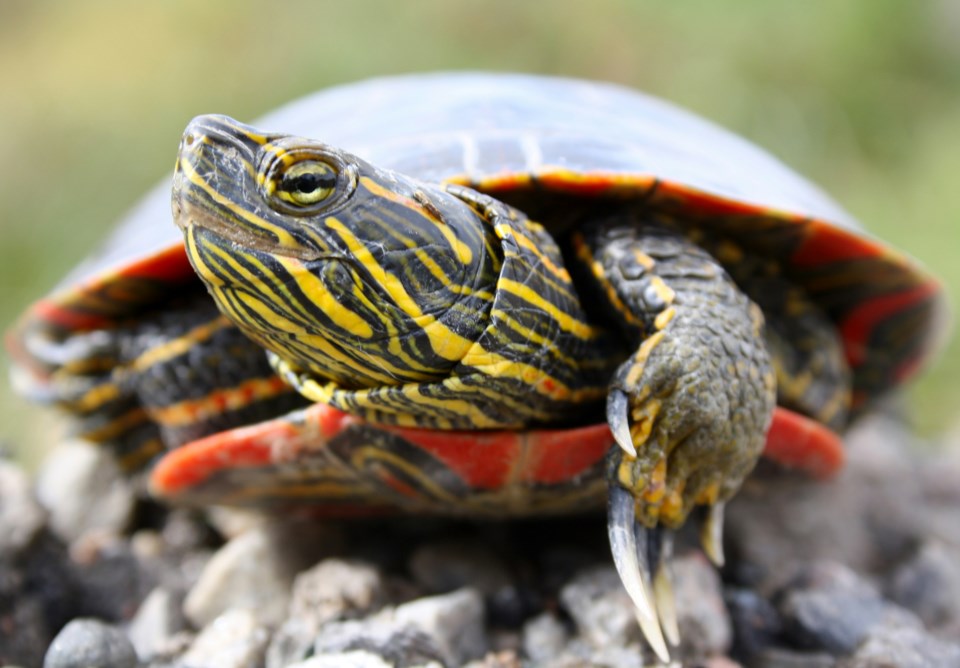
The painted turtle is a colorful reptile commonly found in Colorado’s ponds, lakes, and slow-moving streams. These turtles are easily identifiable by their bright red and yellow markings along their shell and neck. Painted turtles are semi-aquatic, spending much of their time basking on logs or rocks near the water. They are an important part of the local ecosystem, feeding on aquatic plants and small invertebrates.
Mountain Lion
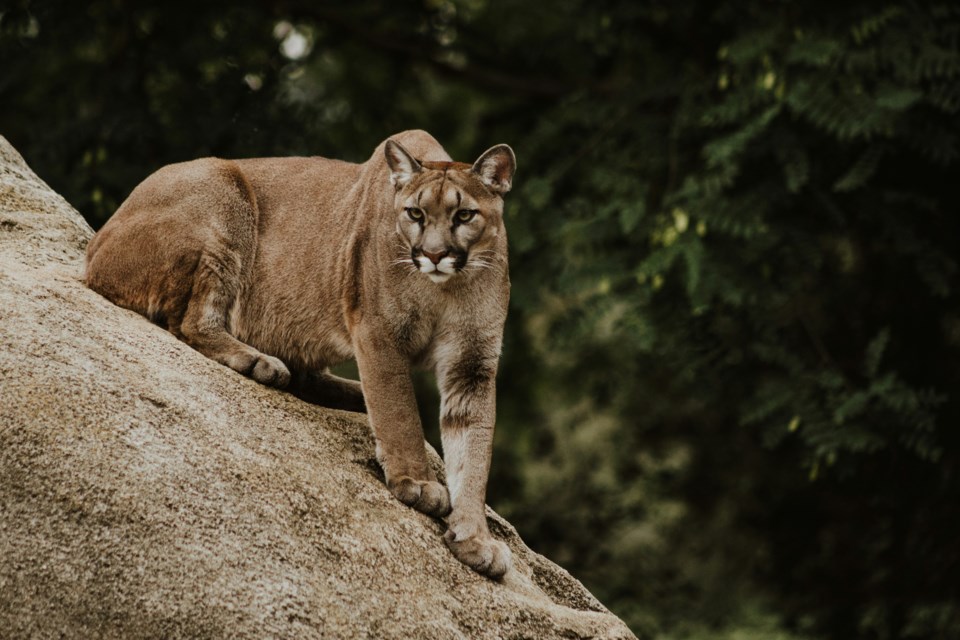
Mountain lions, also known as cougars or pumas, are large cats that can be found in Colorado’s mountainous regions. These apex predators are known for their stealth and power, hunting deer, elk, and smaller mammals. Mountain lions typically have wide-ranging territories and are solitary animals, often preferring to remain out of sight. While rare to encounter, they are a vital part of the food chain in Colorado’s wilderness.
Black Bear
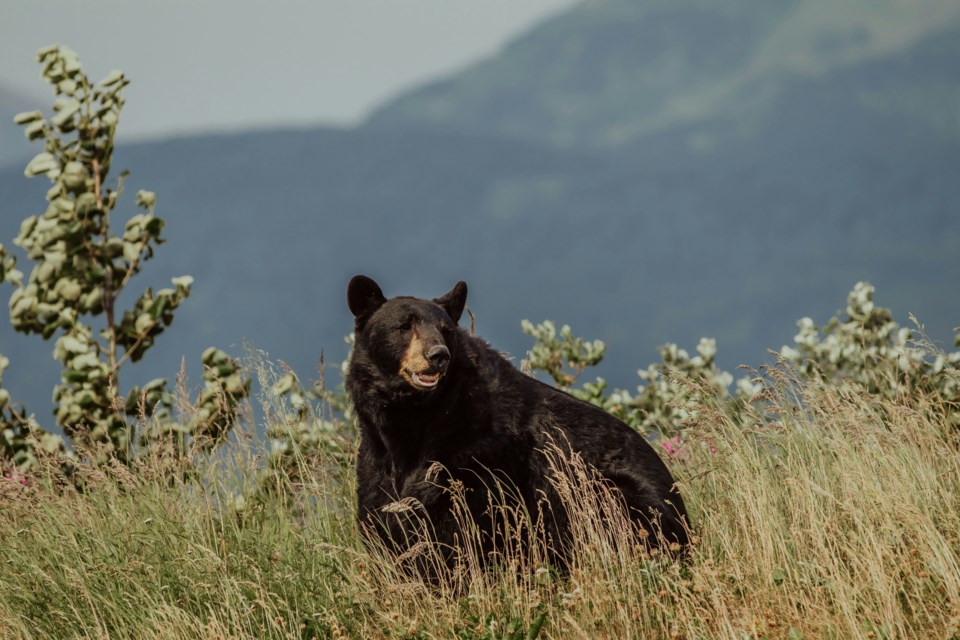
Black bears are the most common bear species in Colorado and can be found in forests, mountains, and even suburban areas. They are omnivores, feeding on a variety of foods, including berries, nuts, and small mammals. Black bears are generally shy and avoid human contact, but they are opportunistic feeders and can become more active near human settlements when food is scarce in the wild.
Mule Deer
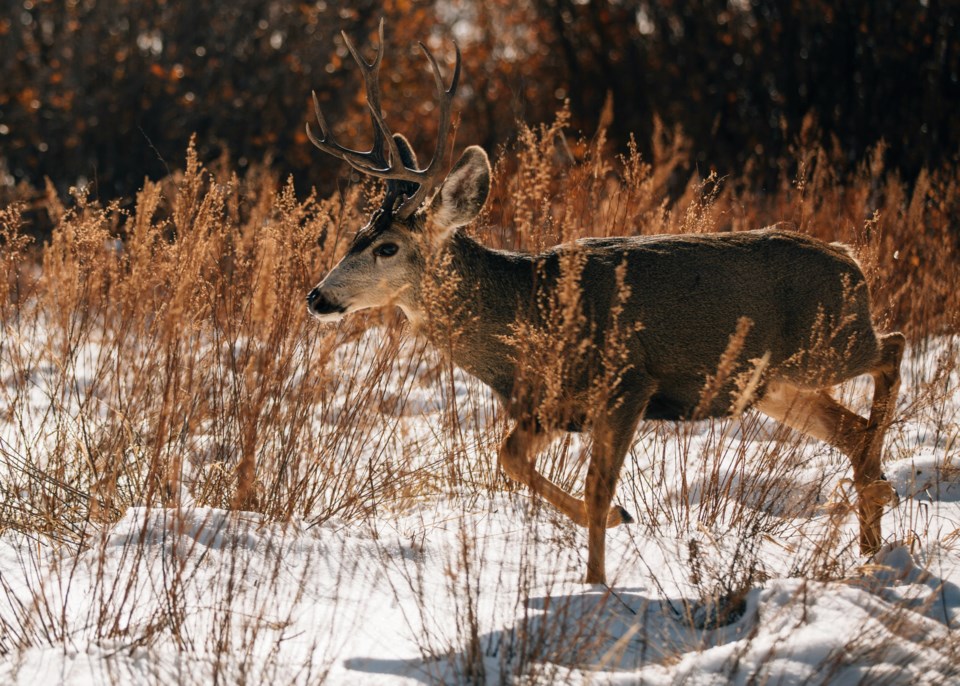
Mule deer are one of Colorado’s most commonly sighted large mammals. Recognizable by their large, mule-like ears, they are primarily herbivores, grazing on grasses, shrubs, and leaves. Mule deer are adaptable creatures, able to live in a variety of habitats, from dense forests to open plains. They are often seen in the early morning or dusk, foraging for food or traveling through their home range.
Bobcat
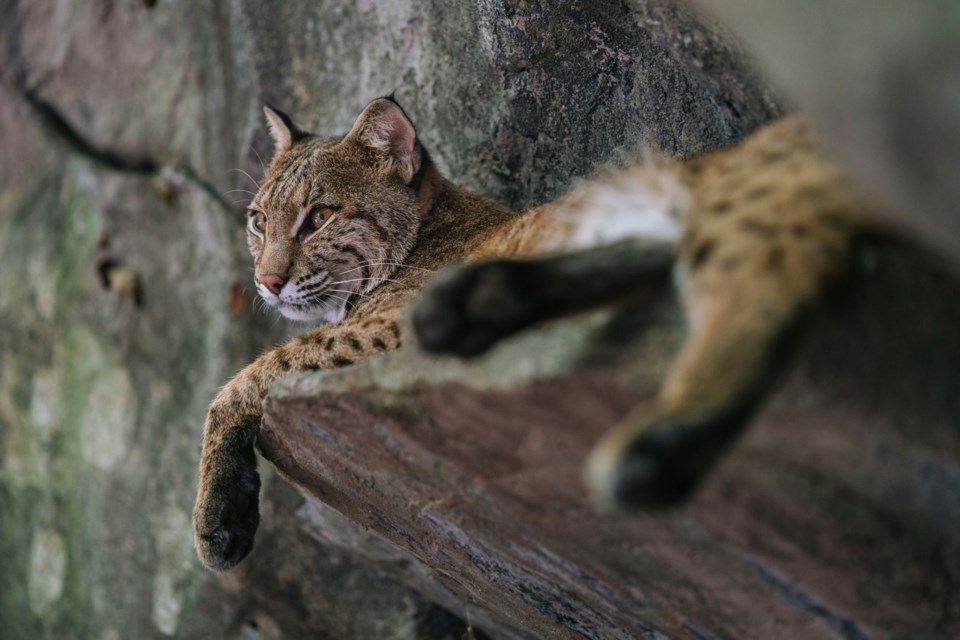
The bobcat is a small wildcat found in Colorado’s forests, deserts, and even urban areas. These solitary cats have distinctive short tails and spotted fur, which help them blend into their environments. Bobcats are nocturnal hunters, preying on rabbits, rodents, and birds. They are highly territorial animals and communicate with markings, vocalizations, and scents to establish their range.
Red Fox
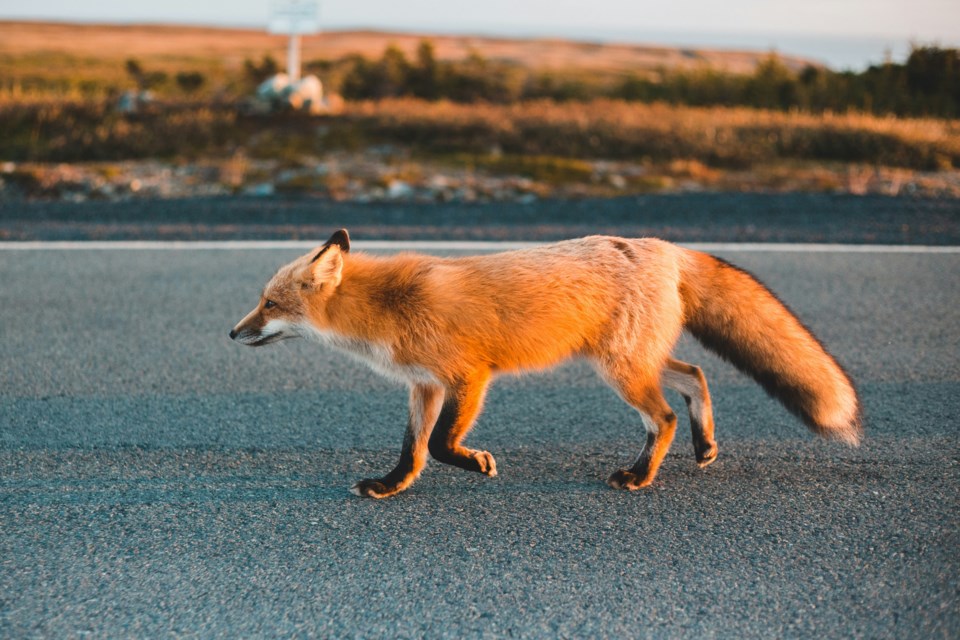
Red foxes are small, highly adaptable mammals that can thrive in a variety of environments, including forests, grasslands, and suburban areas. Known for their reddish-orange fur and bushy tails, these foxes are opportunistic feeders, eating small mammals, birds, and even fruits. They are highly skilled hunters and often hunt alone or in pairs during the evening and early morning hours.
American Beaver
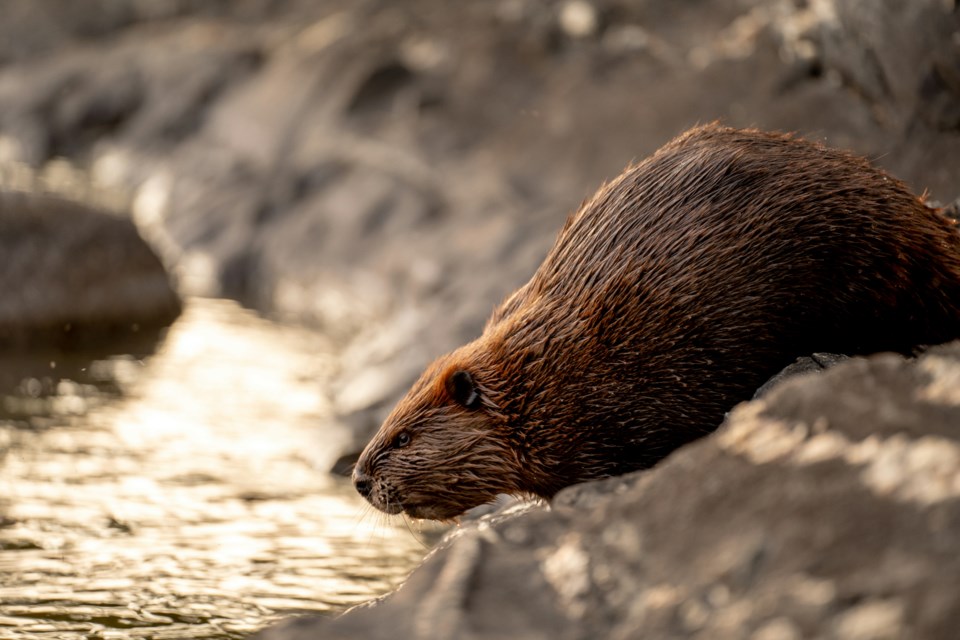
The American beaver is an expert engineer, building dams, lodges, and canals that help create wetlands and slow the flow of streams and rivers. These large rodents are found in Colorado’s rivers and wetlands, where they play a crucial role in maintaining biodiversity by creating habitats for other species. Beavers are primarily herbivores, feeding on the bark of trees and aquatic plants.
Western Toad

The western toad is an amphibian commonly found in Colorado’s wetlands, ponds, and streams. These toads have warty skin and large, prominent eyes, and they are typically nocturnal, hunting for insects and small invertebrates. Western toads are important for the ecosystem as they help control insect populations. They are also an indicator species, meaning their health reflects the condition of their environment.
Snowshoe Hare
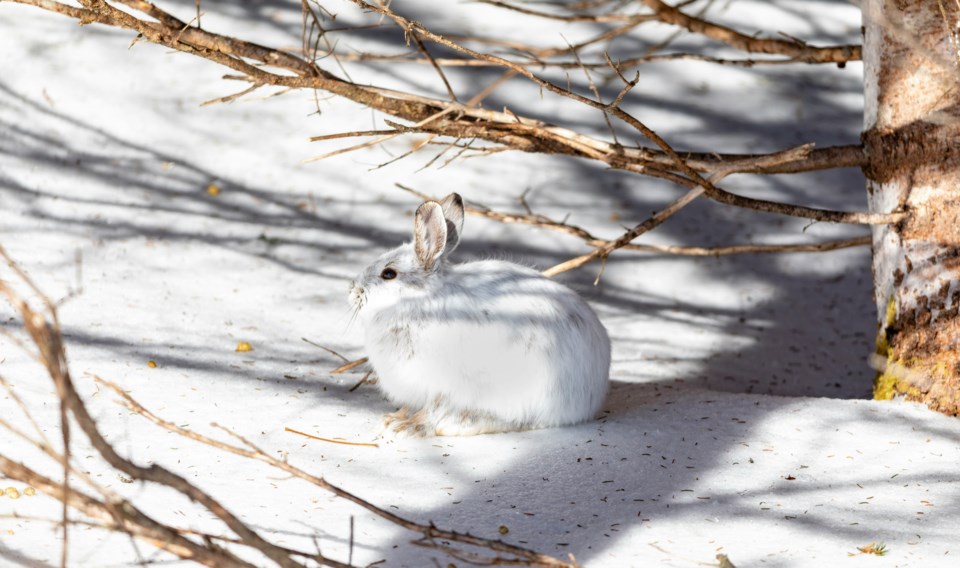
The snowshoe hare is a small mammal adapted to Colorado’s snowy environments. These hares are equipped with large, furry feet that act like snowshoes, allowing them to navigate deep snow with ease. In winter, their fur turns white to blend in with the snow, while in summer, it changes to brown to match the forest floor. Snowshoe hares are herbivores and are often seen in forested areas, where they feed on shrubs and tree bark.
Great Horned Owl
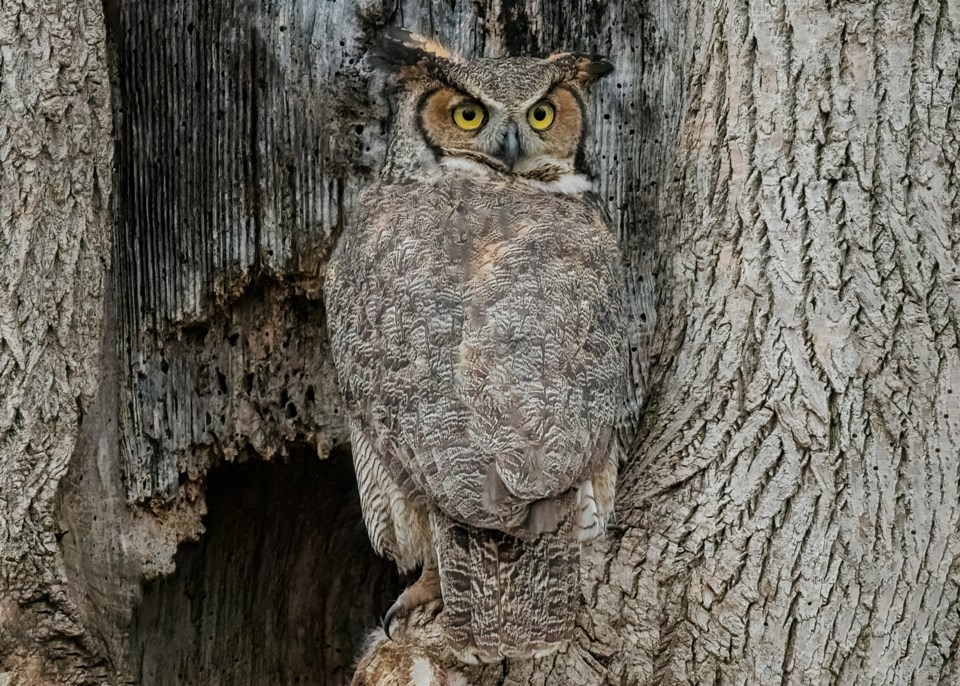
The great horned owl is a large, powerful bird of prey found throughout Colorado. Known for its distinctive “horns” (feather tufts on its head), these owls are excellent hunters, preying on small mammals, birds, and reptiles. Great horned owls are nocturnal and are most active during the night, using their keen eyesight and silent flight to hunt in darkness. They are an important part of Colorado’s ecosystem, helping control populations of rodents and other small animals.
Yellow-bellied Marmot
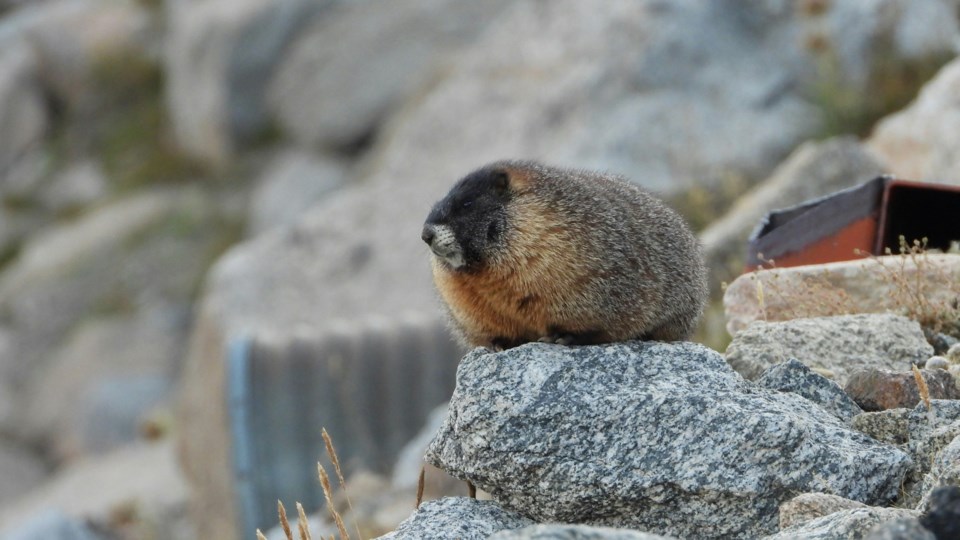
Yellow-bellied marmots are large, social ground squirrels that live in Colorado’s mountain meadows. These marmots are known for their whistle-like calls, which they use to communicate with other members of their colony. They spend much of their time foraging for food, especially during the summer months, and hibernate for up to eight months during the winter. They are an important prey species for predators like eagles and foxes.
Bull Snake
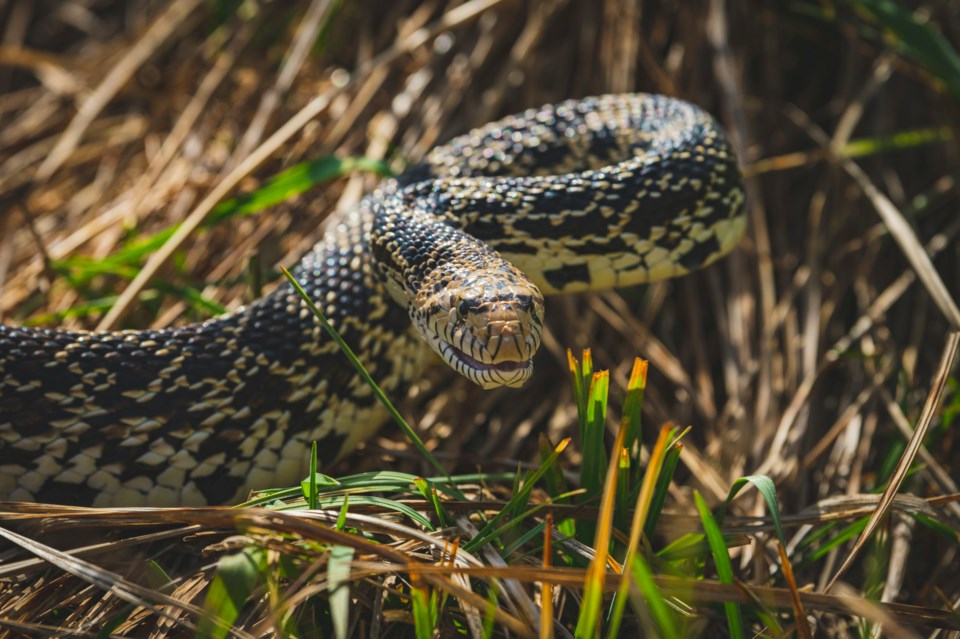
The bull snake is a large, non-venomous snake found in Colorado’s grasslands, deserts, and prairies. They are often mistaken for rattlesnakes due to their similar coloration and defensive hissing behavior. Bull snakes can grow up to 8 feet in length and are excellent hunters, feeding on small mammals, birds, and eggs. Despite their intimidating appearance, bull snakes are harmless and play an important role in controlling rodent populations.
Protecting Colorado’s Wild Animals
Colorado’s conservation efforts are essential for protecting rare species like the Sage-Grouse, Pronghorn, and Pine Marten. As human development grows, wildlife habitats are increasingly at risk, making preservation work critical. State agencies and organizations collaborate on habitat restoration and education to ensure these animals in Colorado thrive.
Respecting wildlife habitats is key to maintaining Colorado’s biodiversity. When we encroach on these areas, we disrupt the balance that allows animals in Colorado to thrive. Keeping a safe distance from animals like the Porcupine is important for both human and animal safety. Staying on marked trails and avoiding noise or littering helps protect these habitats from damage.
Best Spots to Spot Colorado's Wildlife
Colorado’s national parks, including Rocky Mountain National Park, offer great wildlife watching opportunities. These parks are home to a variety of species like elk, deer, and Bighorn sheep. Hiking and scenic drives provide excellent chances to see animals in Colorado in their natural habitats.
The best times to spot wildlife in Colorado are during spring and fall, when animals like the Pronghorn and Sage-Grouse are more active. The state’s plains and forests are also home to elusive creatures like the Pine Marten and Skink. Exploring quieter areas gives visitors the chance to spot these rarer animals in Colorado.
How to Coexist with Wildlife in Colorado
Feeding wild animals disrupts their natural habits and can lead to dangerous behaviors. It’s important to avoid feeding wildlife like the Sage-Grouse and Porcupine to help them remain independent and healthy. Responsible actions like this contribute to preserving animals in Colorado for future generations.
Preserving ecosystems like sagebrush habitats is essential for the survival of species like the Sage-Grouse. Avoiding disturbance in these areas helps maintain a healthy environment for both wildlife and humans. Bat watching is another popular activity in Colorado, but it’s important to observe these creatures from a distance to avoid disturbing their natural roosts and habitats.
Conclusion: Embracing Colorado's Wildlife
Exploring the animals in Colorado is a rewarding experience, but it’s essential to approach it with care and respect. By following conservation guidelines and preserving natural habitats, we can ensure that these incredible creatures continue to thrive in their environments.
Whether you’re hiking through Rocky Mountain National Park or spotting a rare Pine Marten, it’s important to remember our role in protecting the wildlife of Colorado. Through responsible wildlife viewing and conservation efforts, we help maintain the delicate balance of Colorado’s ecosystems for generations to come.

